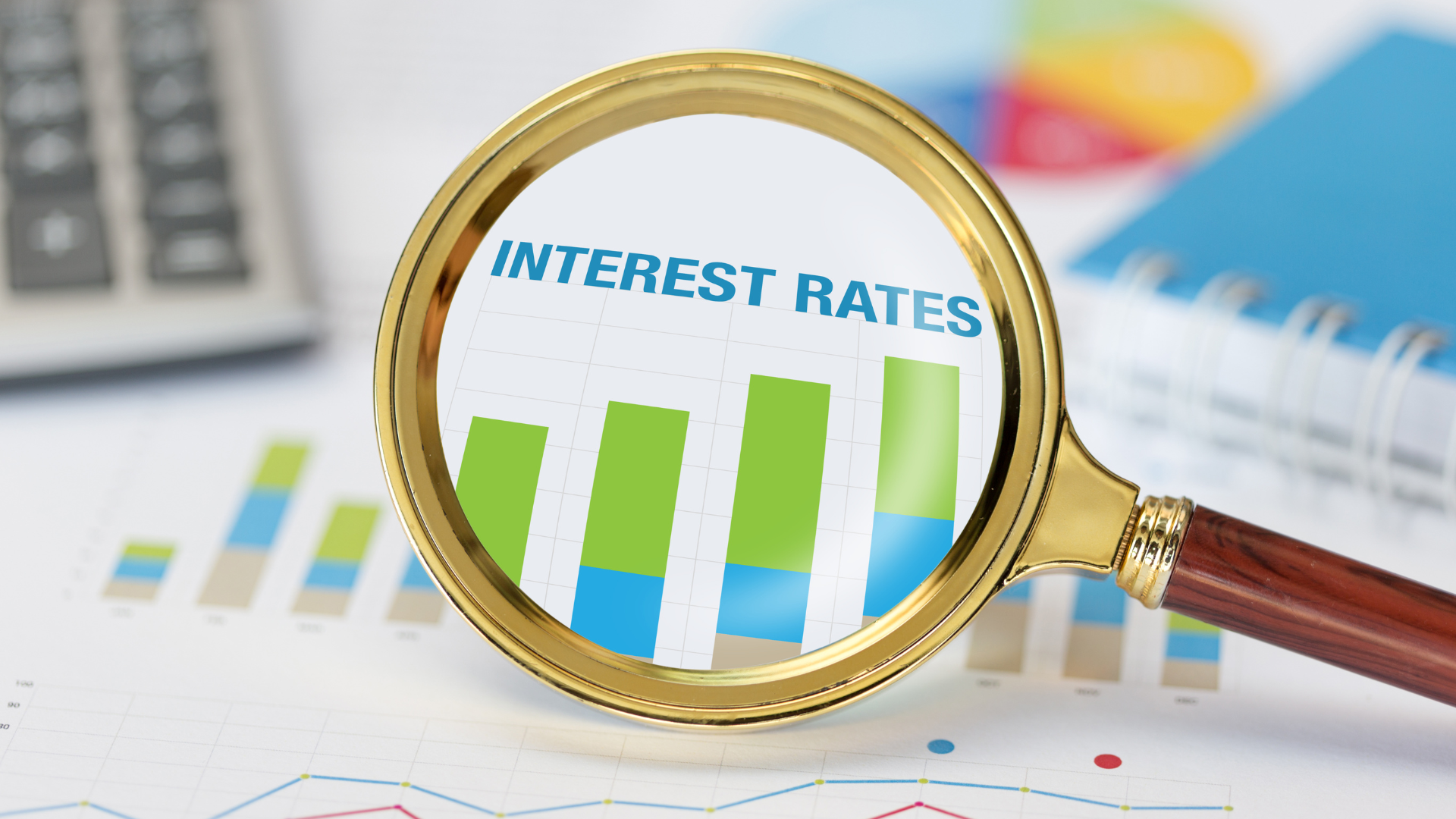Understanding APR: The Real Cost of a Loan
The Key to Smarter Borrowing
When shopping for a loan, most people focus on the monthly payment—how much it will cost each month and whether it fits their budget. But if you really want to understand what you are paying over time, there is one number you cannot afford to ignore: APR, or Annual Percentage Rate.
APR is more than just interest. It is the true cost of borrowing, expressed as a yearly rate. Whether you are taking out a small personal loan or considering a line of credit, understanding how APR works and how it differs from other numbers like the interest rate can help you make smarter financial decisions and avoid costly surprises.

What Exactly Is APR?
APR stands for Annual Percentage Rate, and it represents the total cost of borrowing money, including the interest rate plus any fees that the lender charges (like origination fees or processing fees). It is expressed as a percentage, just like interest rates, but it gives a fuller picture of what you will actually pay.
For example:
- If a loan has an interest rate of 12% but also includes a 3% origination fee, the APR might be closer to 15%.
- A lower APR generally means a cheaper loan—as long as the repayment terms are similar.

Why APR Matters More Than Just the Interest Rate
Many lenders advertise low interest rates to draw borrowers in. But those rates might not include other fees that add to the cost. That is where APR comes in. It levels the playing field by giving borrowers a way to compare loans more fairly.
Consider two loans:
- Loan A: 10% interest rate with no fees → APR is 10%
- Loan B: 8% interest rate with a 5% fee → APR might be closer to 12%
Even though Loan B advertises a lower rate, Loan A could actually be the better deal. Looking at APR helps you avoid being misled by low headline rates.

Fixed vs. Variable APRs
Some loans offer a fixed APR, which means the rate will not change over the life of the loan. Others have a variable APR, which can go up or down depending on market conditions.
- Fixed APR = predictable payments; easier to budget.
- Variable APR = may start lower but could rise over time.
If you are borrowing for something short-term, a variable APR might make sense. But for longer-term loans, fixed APRs usually offer more stability.

How APR Affects the Total Cost of Your Loan
Even a small difference in APR can add up over time. Let’s say you borrow $2,000 for 12 months:
- With an APR of 12%, you might pay around $133 in interest.
- With an APR of 18%, you might pay closer to $200.
That difference could mean more pressure on your budget or more flexibility, depending on which loan you choose.
This is why comparing APRs, not just monthly payments, can save you money and help you find the right loan for your needs.

How to Use APR When Comparing Loans
- Always ask for the APR, not just the interest rate.
- Compare loans with similar terms (loan amount, length, payment frequency).
- Check if fees are included in the APR. If not, ask what they are.
Watch out for prepayment penalties, which may not show up in the APR but can increase the cost if you pay off early.

Portside Finance: Transparent, Understandable Lending
At Portside Finance, we believe you deserve to know exactly what you’re signing up for. We disclose all fees up front and clearly explain the APR on every loan we offer. Whether you are covering an unexpected expense or building credit, our goal is to help you borrow responsibly with no guesswork, no confusion, and no surprises.
If you are exploring loan options and have questions about APR, reach out to our team. We’re here to help you make an informed, confident decision.










